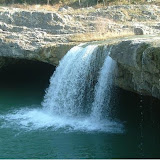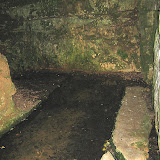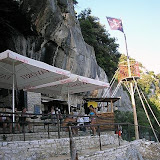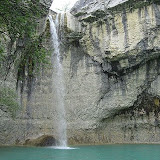The water in the bay is partly brackish, because of its underwater sources of sweet water and it is thus suitable for the growth of plant and animal life and it is also a well-known fish and oyster farm (oysters, mussels, giltheads, sea basses.). All these delicacies can be tasted in two restaurants on the very coast of the bay.
Free climbing lovers will find a suitable cliff on the northern side, where during the summer time fans of this extreme sport are doing their daily climbing tour.
On the southern side of Lim bay, nearby the quayside and the restaurant, some hundred meters high, Romualdo's cave is located, where during the 11th century and later chuch ceremonies were held. Two years ago the Romualdo cave was cleaned and opened for public, including the possibility of an organized visit with a guide.
Forty years ago, a movie on Vikings was made here, «The Vikings», with Kirk Douglas in the leading role. Closeby, Dvigrad is located, a small mediaeval town which is certainly worth a visit.
Lim Fiord has protected landscape status and thus the driving of motor crafts, fishing or diving is strictly forbidden.
Pictures of Lim bay:
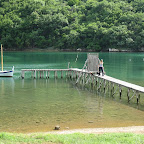 |
| Lim bay |
